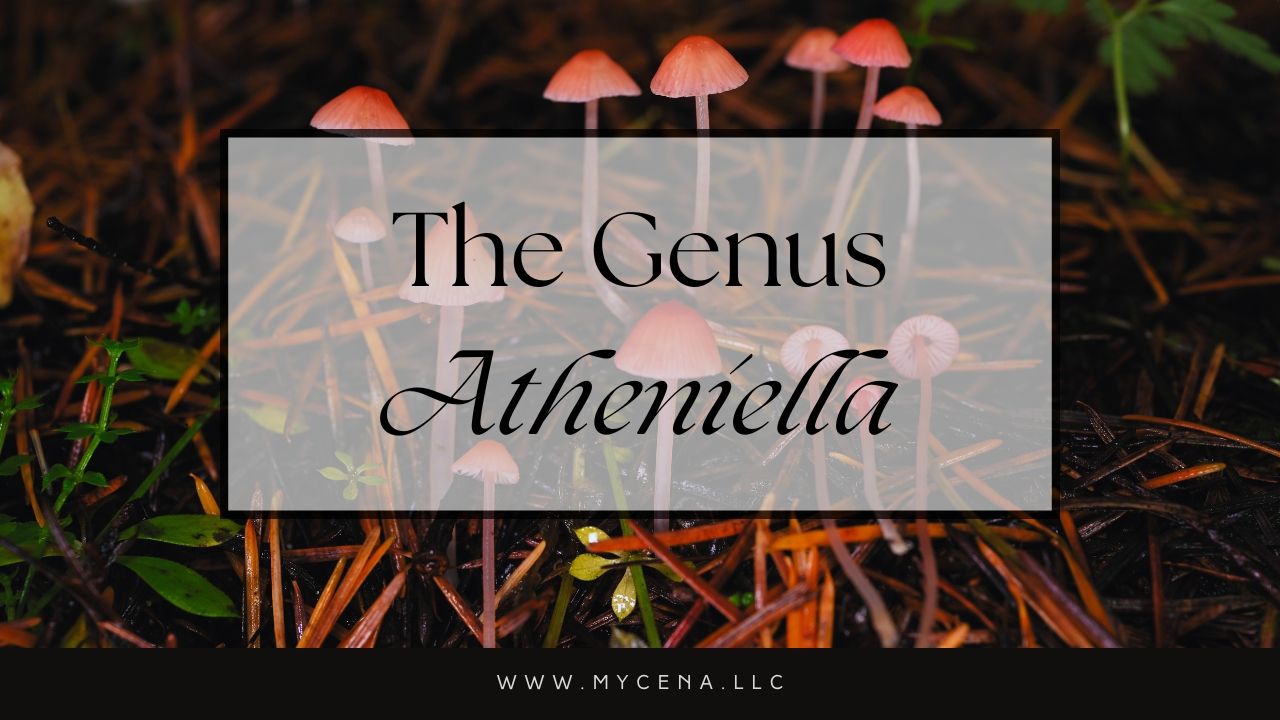The Genus Atheniella (Formerly Mycena)
Apr 07, 2025
The genus Atheniella is characterized by strikingly colorful fruit bodies, ranging from vibrant yellows and pinks to deep oranges and reds. These small but visually arresting fungi typically grow on plant debris in forests, fields, and bogs, adding splashes of color to often muted surroundings.
Established in 2012 by a team of renowned mycologists including Redhead, Moncalvo, Vilgalys, Desjardin, and Perry, the Atheniella genus represents a significant taxonomic revision in the order Agaricales. This genus was created to accommodate species previously classified as Mycena, found to be phylogenetically distinct based on DNA and microscopic analysis. A key distinguishing feature of Atheniella is their inamyloid basidiospores and tissues, meaning they do not react with iodine - a characteristic that sets them apart from their relatives in Mycena.
The genus Atheniella cleverly intertwines mycology with ancient Greek mythology and linguistics. The name alludes to the Greek goddess Athena, chosen not only for the beauty and shield-like stature of the fungi but also as a subtle nod to the connection between Mycenaean culture and the origins of the name Mycena, meaning “fungus.” This naming convention beautifully bridges the gap between science and culture.
As of 2025, twelve species of Atheniella have been described in various habitats, from conifer woods in Eurasia to North America and even the Arctic! iNaturalist only lists six species as of now, so community mycologists still have more work to do discovering and DNA sequencing Atheniella from the wild. This particular specimen was found around 11,000 ft elevation in the Andean paramo, a unique high-altitude cloud-topped ecosystem like no other place on earth.

References
Mark, J. J. (2024, April 03). Mycenaean Civilization. World History Encyclopedia.
Redhead, S.A., Moncalvo, J.-M., Vilgalys, R., Desjardin, D.E., & Perry, B.A. (2012). Index Fungorum no. 14. Nomenclatural novelties. Index Fungorum. https://www.indexfungorum.org/Publications/Index%20Fungorum%20no.14.pdf

